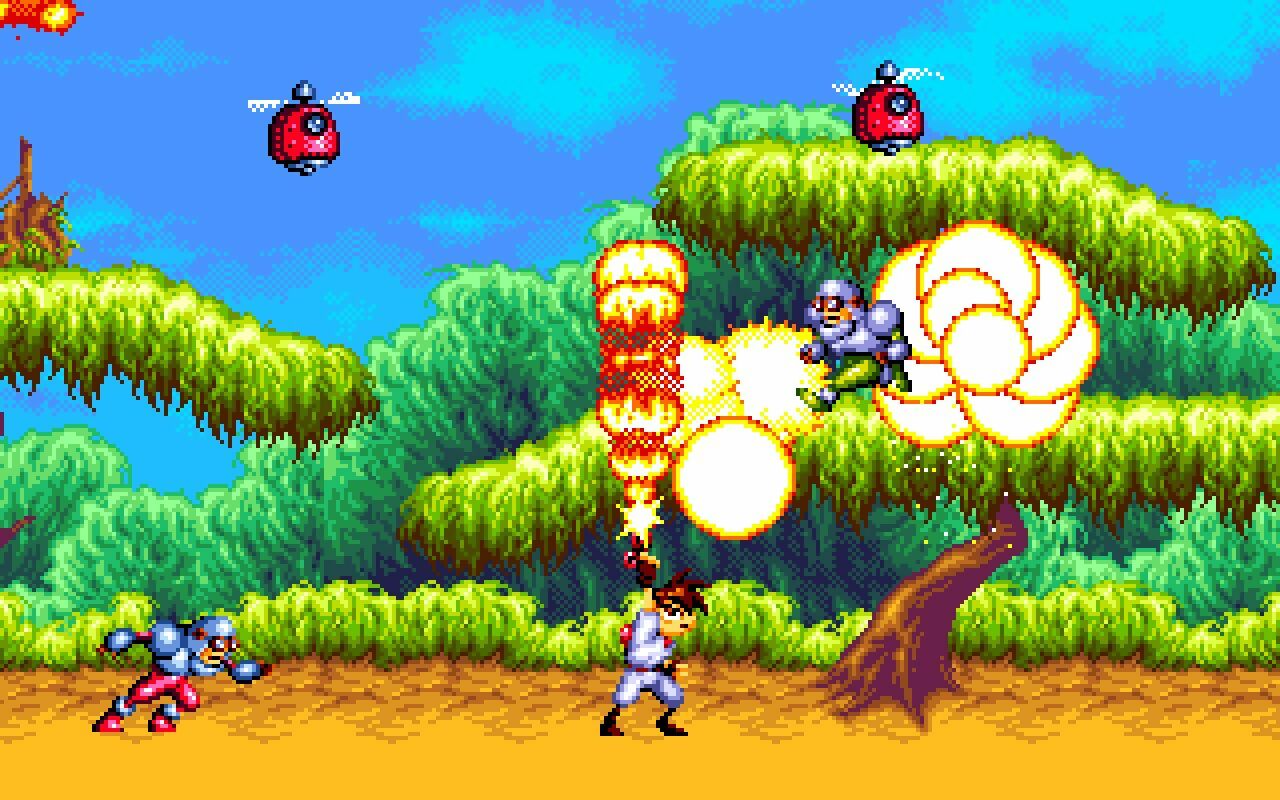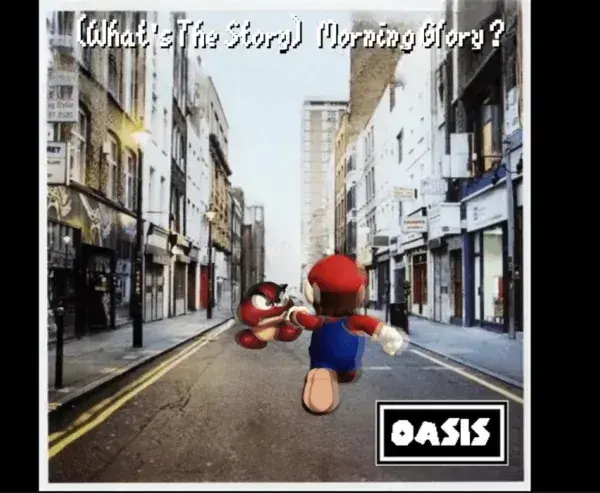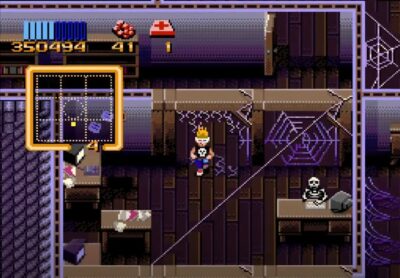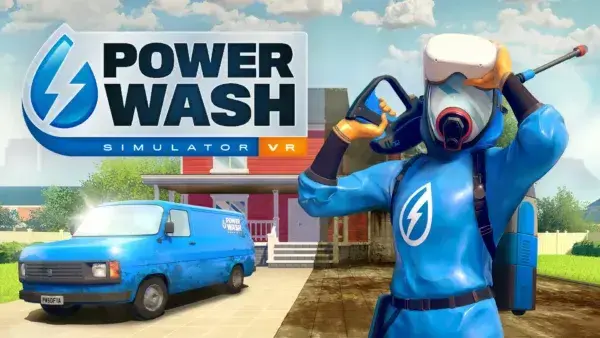
On legendary Japanese studio Treasure’s 30th anniversary, Mr Biffo wonders: was the Mega Drive just getting started when Sega moved on?
One of the biggest criticisms levelled at modern cinema is that it’s too reliant on sequels, or spin-offs, or world-building. It’s understandable from an artistic perspective that cinema connoisseurs don’t want to be served the same reheated meal over and over again. Inevitably, from a business angle, original, untested ideas are a risky proposition, whereas you can guarantee that Fish Man 5 will do a billion at the box office because it has a three-second cameo from Trimbly Bimbly after the credits.
It was precisely this sort of palpable tension between artists and accountants which led to the creation of one of the Mega Drive’s greatest game studios – Treasure.
As history records, Treasure was formed in June 1992, when a bunch of Konami employees grew weary of the company’s reliance on sequels to its established franchises. Masato Maegawa wanted to create original games, and not just perform for Konami’s bottom line. Thus was born Treasure – and much to the surprise of many, its format of choice was the Sega Mega Drive.
Though wisdom at the time suggested that the SNES was the more powerful gaming hardware, Treasure realised that the Mega Drive could still do things that Nintendo’s 16-bit couldn’t. Specifically, it knew the sort of gameplay it was striving for, and that only Mega Drive’s Motorola 68000 microprocessor could deliver it.
This is what marked Treasure out from so many of its contemporaries; a perfect harmony between hardware and creativity.

Alien Soldier’s side-scrolling action and glitzy visuals were well received upon release.
The studio immediately showed off its chops with Gunstar Heroes, thrashing the Mega Drive beyond its limits. Or, at least, that’s how it felt. It did things with the system that few thought possible, resulting in a true arcade-style shoot-‘em-up that left many SNES owners green with envy.
Commercial pressures led to Treasure’s second release being a licence. Specifically, McDonald’s Treasure Land Adventure. Though you’d have been forgiven for dismissing the game due to its Ronald McDonald-fronted cover art and the apparent cash-in nature of the licence, it was a far better game than it had any right to be. In an era where the likes of Ocean were putting out one identikit licensed platform game after another, Treasure wasn’t content to rest on its laurels. It might not be as fondly remembered as Gunstar Heroes, but Treasure Land Adventure still managed to push the Mega Drive. With a less overtly violent message, if you can get past the harrowing clown and the eat-more-junk branding, it’s the perfect companion game.
Then came what I view as Treasure’s magnum opus: Dynamite Headdy. Replete with all the colour and character of its previous two games, it’s an unpredictable, rapid-fire assault on the senses, bordering on the Gilliam-esque.
One idea after another comes at you, to the point it’s almost the platform game equivalent of WarioWare, or being trapped in a lift with a comedian trying out new material. One minute you’re barrelling down a hill, the next assaulting a giant baby head, the next playing a basketball-themed minigame or playing a shoot-‘em-up level. It’s utterly unhinged – perhaps a little too out-there and esoteric for some players, which could explain why it failed to achieve quite the same legendary status as Gunstar Heroes.

This Ronald McDonald platformer was far better than it had any right to be.
THE BITTER END
If we ignore Yu Yu Hakusho: Makyō Tōitsusen, a fighting game which only saw a release in Japan and South America, Treasure released its final two Mega Drive titles in 1995, during the console’s death throes. For its penultimate release on the machine, Treasure returned to the genre that had started it all just a few years before. Alien Soldier’s run-and-gun gameplay was stymied by virtue of taking two years to develop, within which time Sega announced both the 32X and the Mega Drive’s successor, the Saturn. Consequently, it isn’t the game that it was intended to be, as time and budget ran dry.
There’s an argument to be had that to compensate for losing many of its planned ideas, Treasure ratcheted up the difficulty to proper hardcore levels. It had begun as a labour of love for its originator Hideyuki Suganami, so he must have taken some comfort from the positive reviews it got from the ‘git gud’ gameplay aficionados.
Finally, Light Crusader largely slipped through the cracks of history – in part because most Mega Drive owners already had their eyes on the future – but the isometric action game, with (very) light RPG dressing, once again manages to squeeze more out of the hardware than anyone thought possible. That said, it’s one probably best filed in the drawer marked ‘brave experiment’.

Light Crusader was notable for its mix of isometric action and RPG elements.
And that was it as far as Treasure went on the Mega Drive. The world moved on from the 16-bit era, and CD-ROM format of choice (unless you were Nintendo, stubbornly still wearing flares when everyone else was in skinny jeans). Treasure never seemed to stand out as much in the new world. There were highlights – Radiant Silvergun, Bangai-O, and an occasional return to the world of Gunstar Heroes – but Treasure had lost its reason for being. It came into existence specifically to develop games for the Mega Drive, and never again did it recapture the spirit that led to its creation. Its later output was beset with legal troubles and poor review scores.
In some respects, Treasure arrived too late in the Mega Drive’s life. Had it been around a few years earlier, who knows what the company could’ve achieved, how far it could’ve pushed that hardware, or what sort of trail it would’ve blazed for others? As it stands, Treasure’s output demonstrates one of the most perfect marriages ever between creators and hardware. Furthermore, it shows that the death rattle which accompanies the life of a console often brings with it evidence of a life ended too soon





